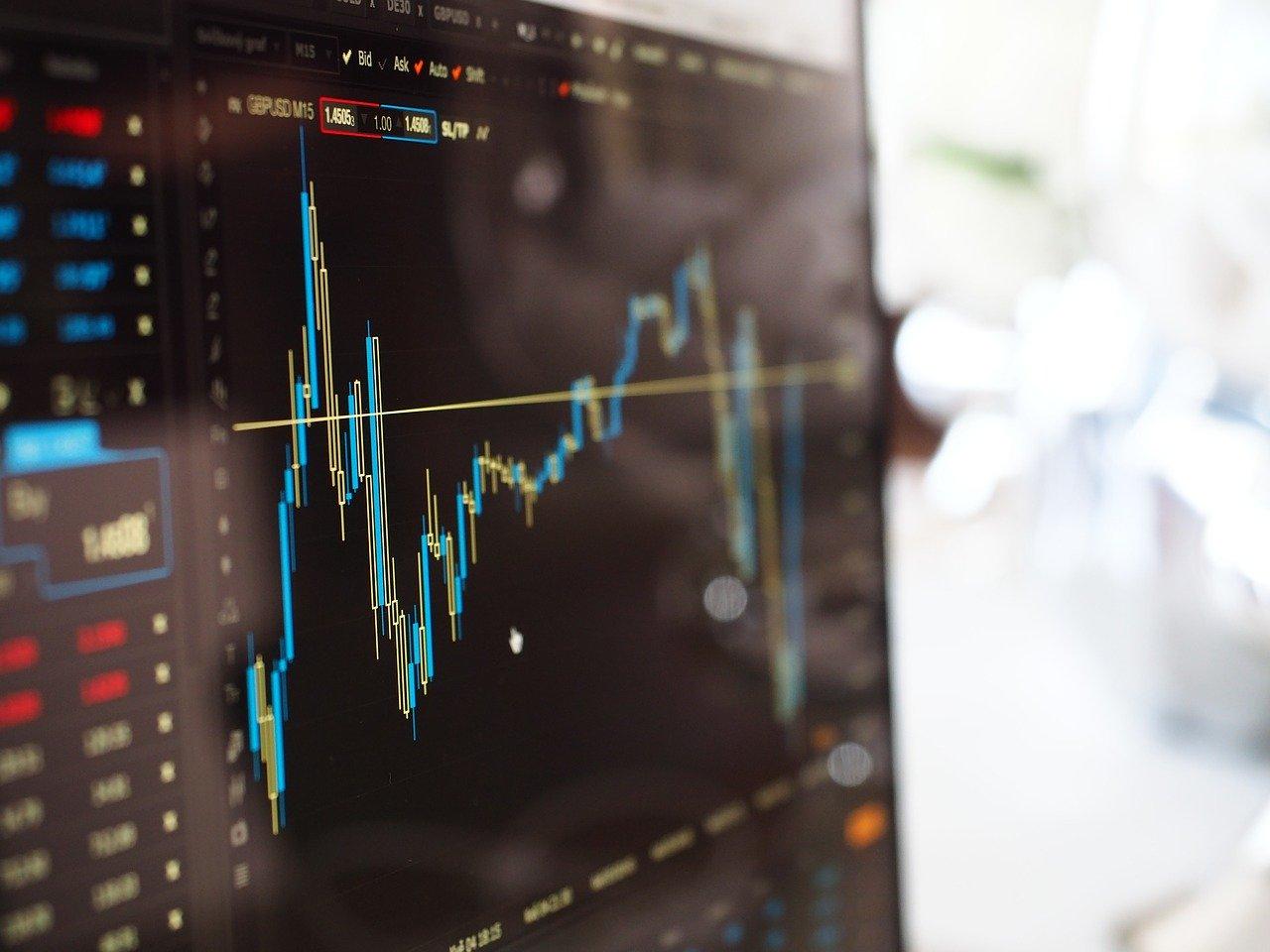What's a Reverse Stock Split, and Is It a Good Thing?
A reverse stock split is a reduction in the number of a company’s shares outstanding in the market. Is it good for investors?
Aug. 19 2020, Updated 7:54 a.m. ET

A reverse stock split is a reduction in the number of a company’s shares outstanding in the market. It's the opposite of a stock split. In recent weeks, Tesla and Apple announced stock splits. Is a reverse stock split good for investors?
Is a reverse stock split good?
Reverse stock splits raise a company's stock price by reducing the number of shares outstanding. A reverse stock split, which has no impact on the company’s total market capitalization, is often done to avoid a stock's delisting or to boost a company's reputation if its stock price has fallen significantly.
Stock exchanges such as the Nasdaq and NYSE have a minimum stock price requirement. As a result, when a company’s stock price falls to near or below that level, the stock is at risk of being delisted from the exchange. The easiest way for a company to comply with stock exchanges is to decrease its number of outstanding shares so that its stock price rises.
Whereas a higher stock price is typically good, a rise from a reverse stock split is just an accounting trick. Whatever value the company has before the reverse split is just distributed over fewer shares of its stock, raising the stock price. In a reverse stock split, the company cancels all of its existing outstanding stock and distributes new shares to its shareholders. The number of new shares you receive would be in direct proportion to the number of shares you owned before the reverse split.

Do I lose shares in a reverse stock split?
Yes, you may lose shares in a reverse stock split. For instance, in a 1-for-5 reverse stock split, shareholders would get one share of the company's new stock for every five shares that they owned. If you owned 100 shares before the reverse split, you would own 20 shares after the reverse stock split.
In 2009, AIG stock was in danger of being delisted from the NYSE when its stock fell below $2. AIG then executed a 1-for-20 reverse stock split that raised its stock price above $20.
In 2011, Citigroup announced a 1-for-10 reverse stock split that boosted its stock price from $4.50 per share to $45 per share after the split. In June 2020, Office Depot also announced a 1-for-10 reverse split. Other companies such as E*Trade and Motorola have prospered after a reverse stock split.
How to calculate a reverse stock split
The company’s market capitalization remains the same after a reverse stock split. Say a company has 100 million outstanding shares at $0.25 per share and a market capitalization of $25 million. It then executes a 1-for-5 reverse stock split, decreasing its number of outstanding shares to 20 million. The company's total value remains the same, at $25 million, and each share is now worth $1.25.
If you owned 1,000 shares at $0.25 per share before the reverse split, now you would own 200 shares worth $1.25 per share. Your investment is still worth $250. Nothing about the company has changed apart from its number of outstanding shares.
